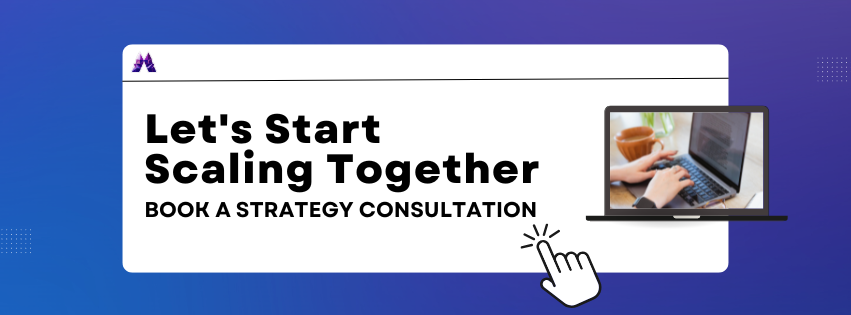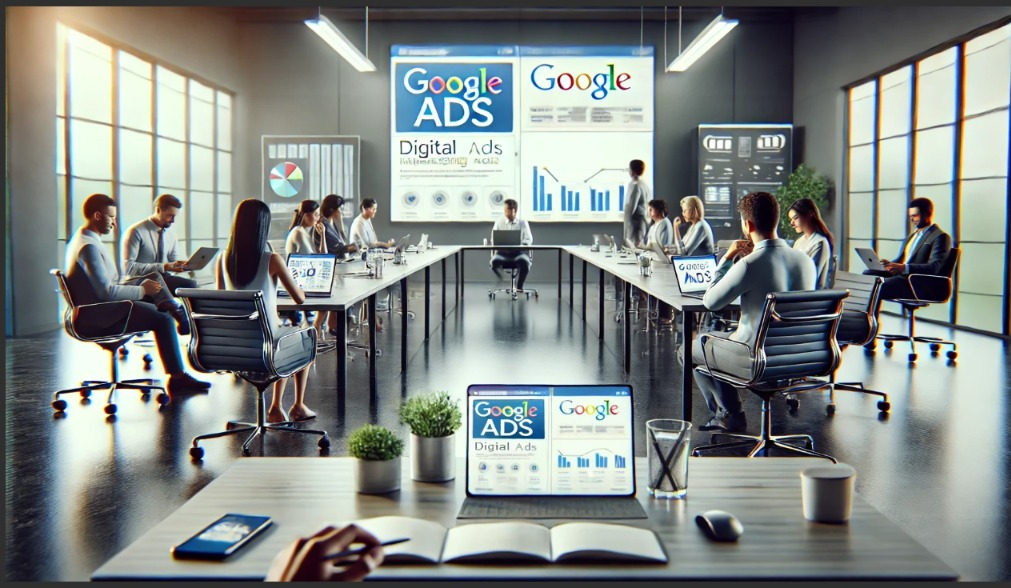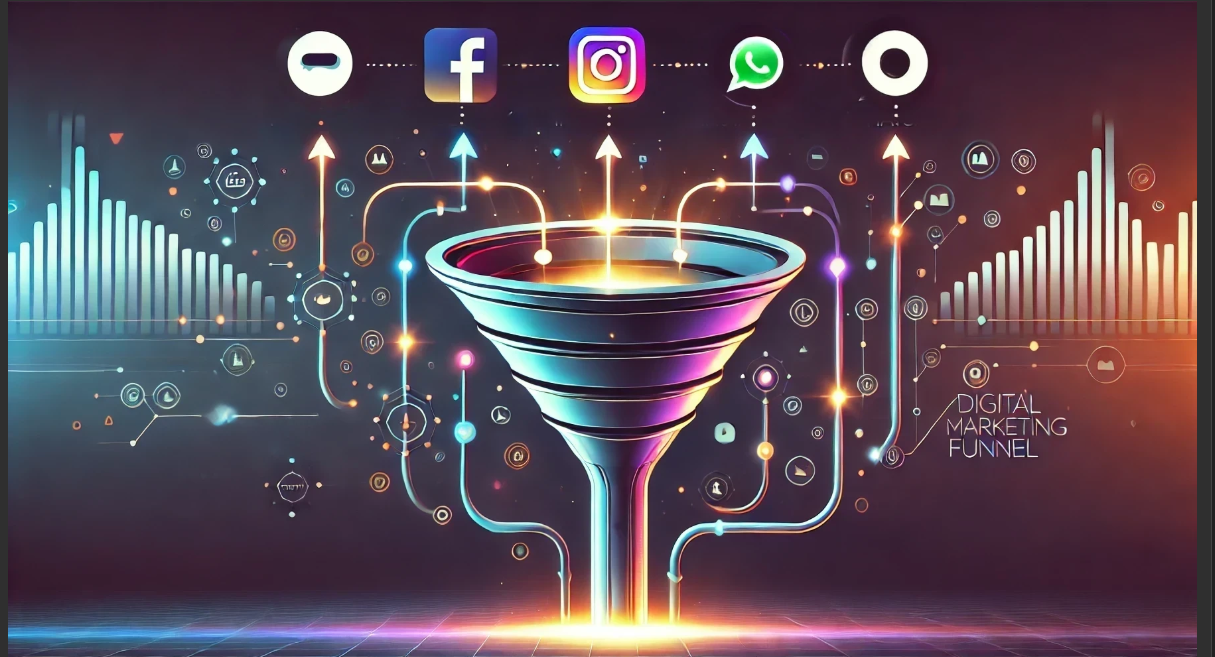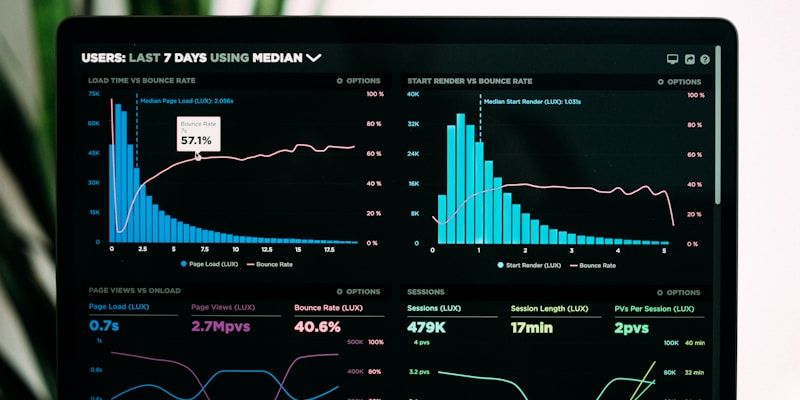Full Funnel Advertising: Seamlessly Connect Awareness to Conversion
Introduction
Recent research reveals that companies with siloed marketing efforts experience a staggering 72% lower conversion rate compared to organizations with integrated approaches. This disconnect costs businesses billions annually in wasted ad spend and missed opportunities.
Full funnel advertising represents a cohesive marketing strategy that guides potential customers through every stage of their journey—from initial awareness to final conversion. In today's fragmented digital landscape, where consumers interact with brands across dozens of touchpoints before making a purchase decision, this integrated approach has become essential for sustainable growth.
The awareness-to-conversion journey encompasses multiple stages where prospects transform from strangers into customers. Rather than treating these phases as separate campaigns, full funnel advertising creates a unified experience that naturally moves users forward while maintaining consistent messaging throughout.
When executed effectively, seamless full funnel advertising creates cohesive customer experiences that drive substantially better performance metrics—from engagement rates to ROI.
In this guide, we'll explore the modern marketing funnel, common challenges, strategies for building seamless campaigns, measurement frameworks, enabling technologies, and a real-world case study demonstrating this approach in action.
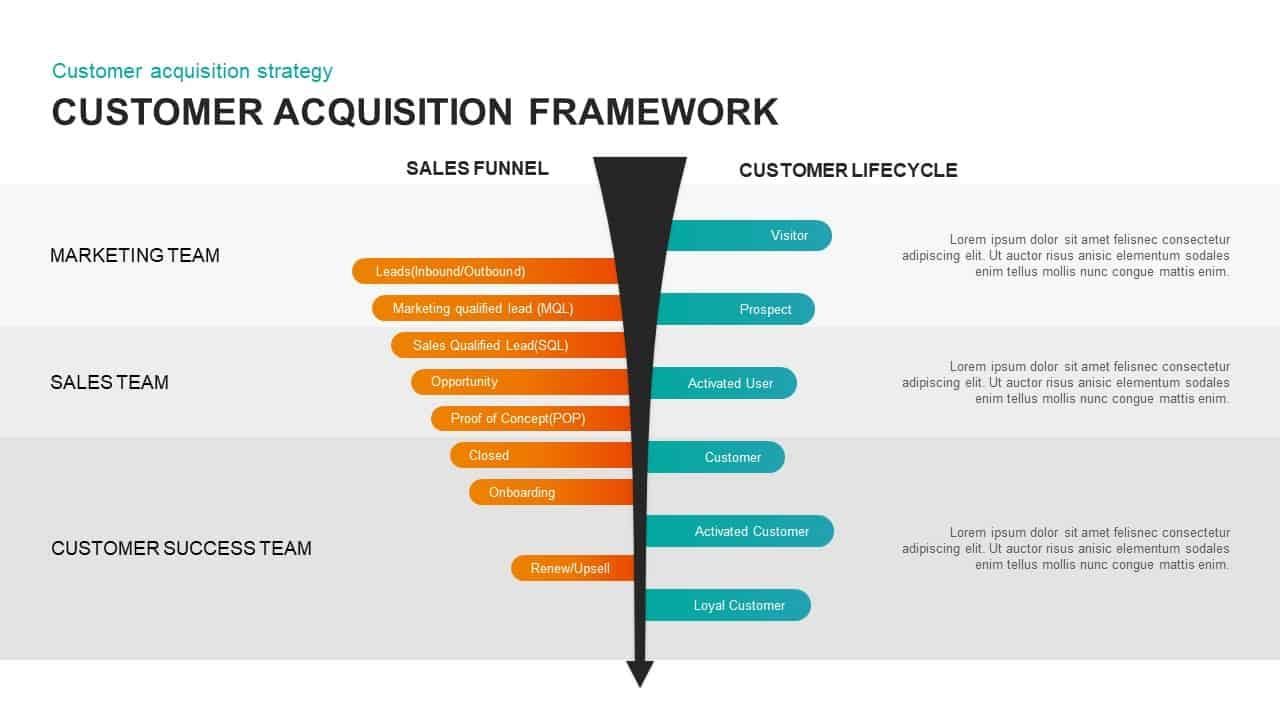
Table of Contents
1. Introduction
2. Understanding the Modern Marketing Funnel
3. Common Full Funnel Advertising Challenges
4. Building a Seamless Full Funnel Strategy
5. Measurement and Optimization Across the Funnel
6. Technology Enablers
7. Case Study
8. Conclusion
Understanding the Modern Marketing Funnel
The traditional marketing funnel emerged over a century ago as a linear model—consumers entered at the awareness stage and moved predictably downward through interest, desire, and action. This straightforward approach worked effectively in an era of limited media channels and more predictable consumer behavior.
Today's customer journey, however, has evolved dramatically. Rather than following a linear path, modern consumers zigzag between channels and stages, researching products across multiple devices, consulting reviews, abandoning carts, and often requiring several touchpoints before converting. This non-linear journey demands a more sophisticated approach to funnel management.
A comprehensive full funnel strategy addresses four critical stages:
The Four Stages of Full Funnel Advertising
- Awareness: Introducing your brand to potential customers through content marketing, social media, display advertising, and PR efforts.
- Consideration: Nurturing interest with detailed product information, comparison guides, case studies, and remarketing campaigns.
- Conversion: Facilitating purchase decisions through optimized product pages, streamlined checkout processes, and targeted promotions.
- Retention: Cultivating loyalty through post-purchase communication, exceptional customer service, and personalized recommendations.
When these stages operate in isolation, performance suffers dramatically. Disconnects create jarring experiences for customers, with inconsistent messaging, redundant targeting, and missed opportunities to leverage insights from one stage to enhance another—ultimately resulting in wasted budgets and diminished ROI.
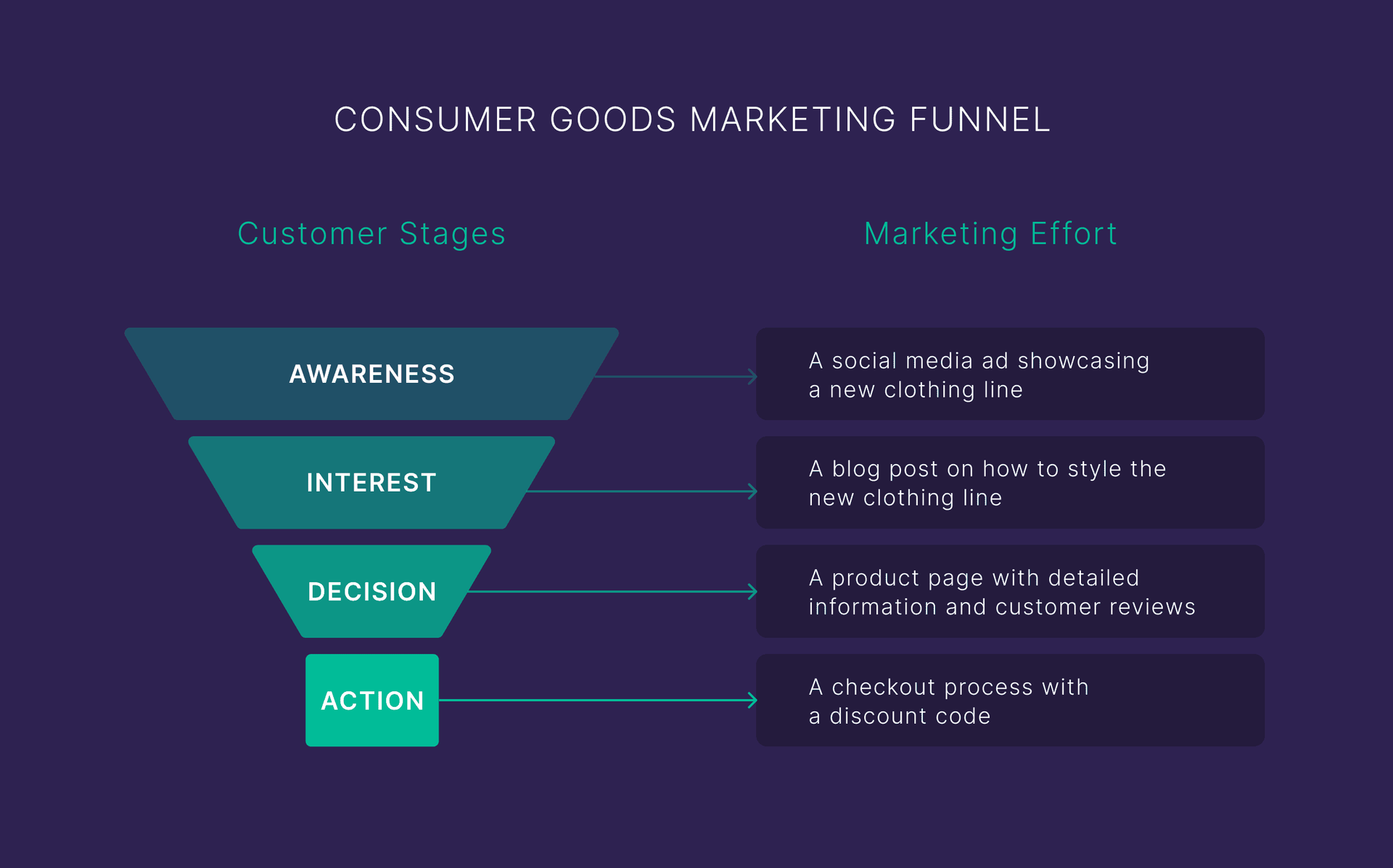
Common Full Funnel Advertising Challenges
Despite its proven effectiveness, implementing a truly seamless full funnel advertising strategy presents several significant challenges for marketing teams:
Organizational Hurdles
Siloed teams and budgets represent perhaps the most pervasive obstacle. When separate departments manage different funnel stages—with social media teams handling awareness, content marketers driving consideration, and performance marketers focusing solely on conversion—coordination becomes nearly impossible. Each team often operates with independent KPIs, tools, and budget allocations that discourage collaboration.
Inconsistent messaging naturally emerges from these siloed structures. Without centralized oversight, tone, positioning, and value propositions frequently shift as customers move through the funnel, creating disjointed experiences that erode trust and recognition.
Measurement Complexities
Attribution difficulties plague cross-funnel efforts, with marketers struggling to connect upper-funnel activities to bottom-line results. Traditional models often overvalue last-touch channels while undervaluing awareness initiatives, leading to misguided optimization decisions.
Budget allocation becomes particularly challenging without clear attribution. Marketing leaders face difficult questions: How much should be invested in brand awareness versus direct response? Which stages deserve priority funding? Without robust cross-funnel measurement, these decisions often default to gut instinct rather than data-driven analysis.
Data fragmentation compounds these issues, with customer interactions scattered across disconnected platforms—social media insights in one system, website analytics in another, and CRM data in a third. This fragmentation creates blindspots that prevent holistic customer understanding and seamless journey orchestration.

Building a Seamless Full Funnel Strategy
Constructing an effective full funnel advertising approach requires methodical planning and deep audience understanding. Rather than starting with channels or tactics, successful strategies begin with the audience itself.
Start With Audience Insights
An audience-first approach involves developing detailed buyer personas beyond basic demographics to include psychographic information, content preferences, purchase triggers, and common objections. These rich profiles enable personalized messaging at each funnel stage, increasing relevance and engagement throughout the journey.
Craft Consistent Brand Narratives
Creating consistent brand storytelling across all funnel stages is crucial. Your core brand story should remain constant while adapting presentation for different contexts. For awareness, focus on emotional connection and problem identification. In consideration stages, emphasize differentiation and proof points. Conversion content should reinforce previous messaging while removing final objections.
Strategic Channel Selection
Different channels naturally align with specific funnel stages based on user intent and platform behavior:
- Awareness channels: Broad-reach platforms like social media, display networks, video platforms, and podcasts
- Consideration channels: Content marketing, email nurture sequences, and comparison tools
- Conversion channels: Search advertising, retargeting, and shopping campaigns
- Retention channels: Email marketing, customer communities, and loyalty programs
Content Mapping Framework
Map specific content types to buyer awareness stages using this framework:
- Problem Unaware: Educational content highlighting industry challenges
- Problem Aware: Solution-focused content demonstrating understanding
- Solution Aware: Comparative content positioning your approach
- Product Aware: Detailed product information addressing objections
- Most Aware: Conversion-focused content with compelling offers
Remarketing as the Funnel Connector
Remarketing serves as the critical connective tissue between funnel stages. By segmenting audiences based on previous engagements, you can create sequential messaging that advances prospects through the journey—showing awareness content to new visitors, consideration material to returning visitors, and conversion-focused messaging to highly engaged users.
Practical Example: B2B SaaS Campaign Structure
A seamless campaign might begin with thought leadership videos targeting relevant professionals (awareness), followed by gated industry reports for engaged viewers (consideration), then product demonstration offers for report downloaders (conversion), and finally implementation guides for new customers (retention)—all connected through strategic remarketing and consistent messaging.
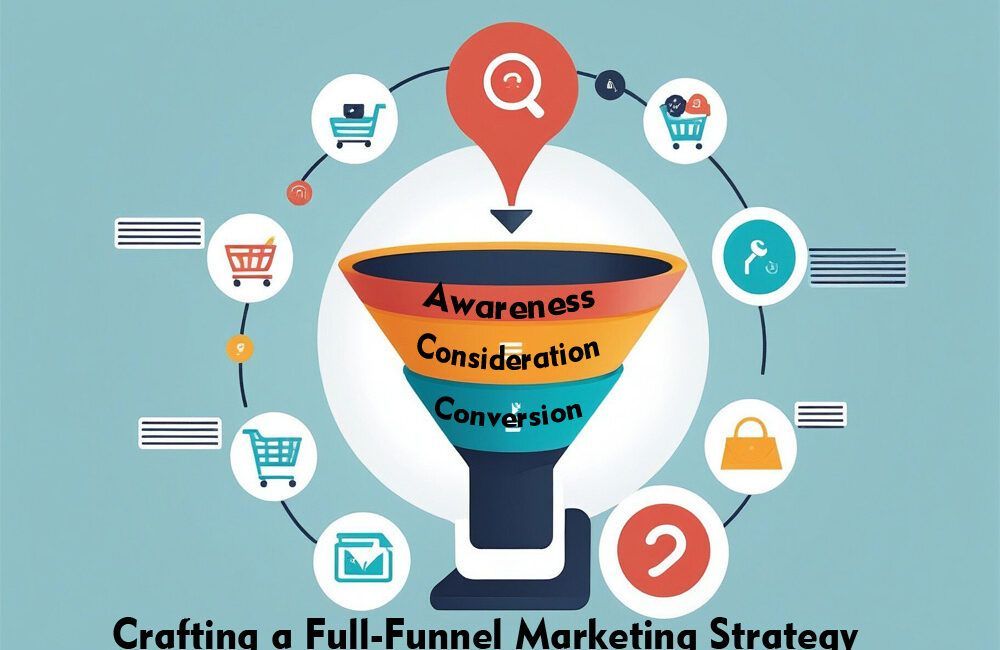
Measurement and Optimization Across the Funnel
Effective measurement creates the foundation for ongoing optimization across all funnel stages. Rather than evaluating each stage in isolation, successful marketers implement comprehensive frameworks that acknowledge the interconnected nature of the customer journey.
Stage-Specific Metrics That Matter
Each funnel stage requires distinct KPIs that align with appropriate objectives:
- Awareness metrics: Reach, impressions, brand lift, and share of voice
- Consideration metrics: Engagement rate, time on site, return visits, and content downloads
- Conversion metrics: Conversion rate, cost per acquisition, and average order value
- Retention metrics: Customer lifetime value, repeat purchase rate, and referrals
Advanced Attribution Approaches
Move beyond last-click attribution to more sophisticated models that distribute credit across touchpoints:
- Multi-touch attribution: Assigns fractional credit across all interactions
- Data-driven attribution: Uses machine learning to determine influence patterns
- Incrementality testing: Measures true lift through controlled experiments
Incremental Testing Methodology
Implement systematic testing across funnel stages with this framework:
- Establish clear hypotheses for each funnel section
- Create test and control groups for accurate measurement
- Analyze both immediate impact and downstream effects
- Document learning and scale successful approaches
Cross-Funnel Signal Optimization
Upper funnel signals can dramatically improve lower funnel performance. Analyze awareness-stage engagement patterns to identify high-intent behaviors, then use these insights to adjust bidding strategies, personalize messaging, and prioritize high-potential segments in conversion campaigns.
Data Visualization for Decision Making
Effective reporting connects disparate data points into cohesive journey visualizations. Create unified dashboards that display cross-stage metrics, highlight correlations between upper and lower funnel activities, and provide both granular campaign data and big-picture performance trends—making complex relationships accessible to all stakeholders.
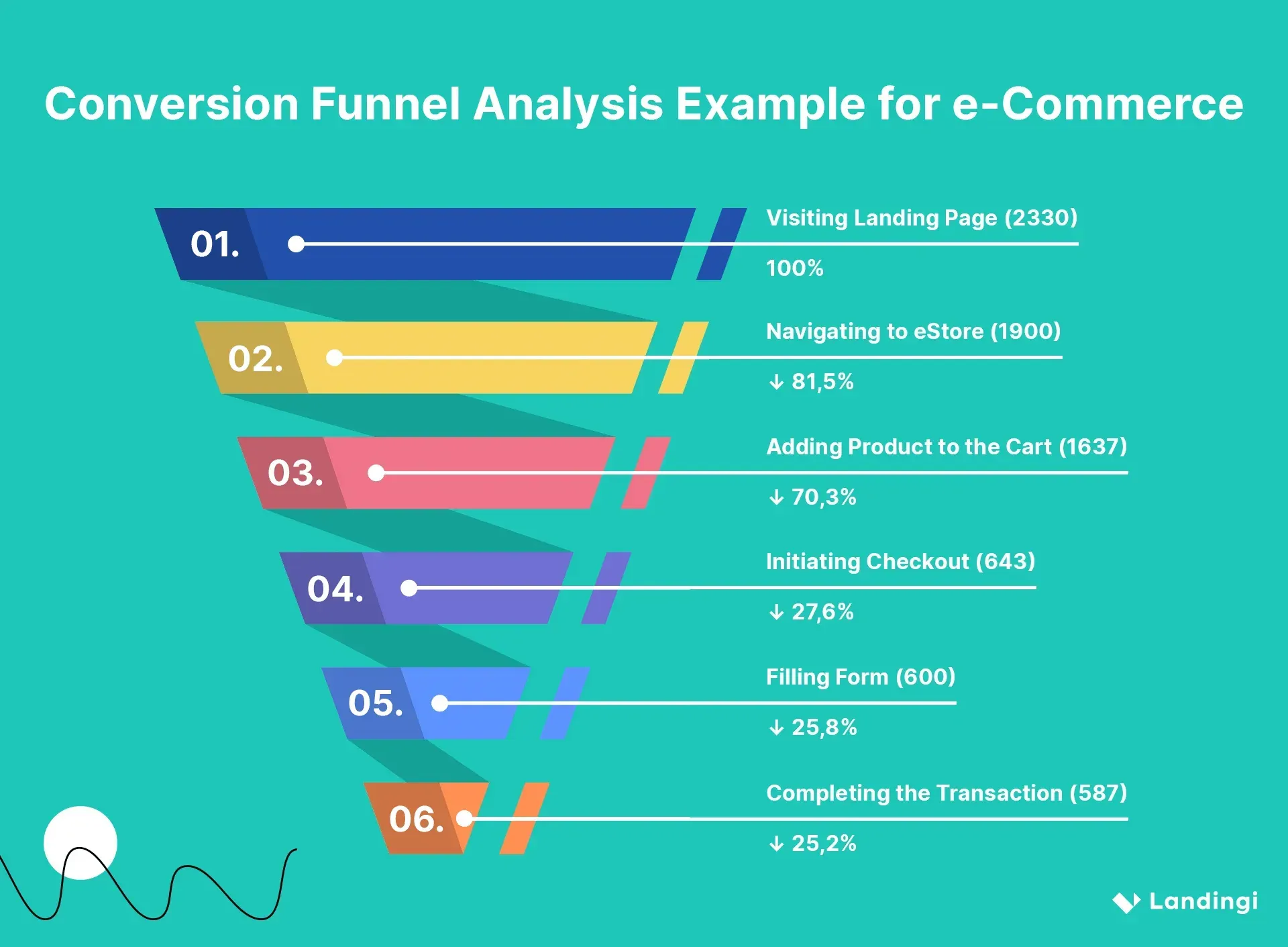
Technology Enablers for Seamless Full Funnel Advertising
The successful execution of full funnel advertising strategies increasingly depends on sophisticated technology solutions that unify data, automate processes, and deliver personalized experiences at scale. Several key technologies have emerged as essential enablers of seamless cross-funnel marketing.
Customer Data Platforms (CDPs)
CDPs serve as the central nervous system of full funnel operations by collecting, unifying, and activating customer data from disparate sources. These platforms create comprehensive customer profiles that persist across channels and devices, enabling consistent recognition and personalization throughout the journey. With unified customer data, marketers can develop sophisticated segmentation strategies based on behavior patterns rather than isolated interactions.
Marketing Automation Tools
Automation platforms facilitate the orchestration of complex, multi-stage customer journeys by triggering relevant communications based on specific actions or time intervals. These tools allow marketers to create conditional logic that adapts messaging based on engagement history, ensuring each prospect receives appropriate content at optimal moments without manual intervention.
Cross-Channel Audience Management
Advanced audience management solutions enable consistent targeting across platforms through synchronized segment creation and distribution. These technologies maintain audience consistency as users move between channels, ensuring remarketing efforts remain relevant and sequential without creating redundant impressions.
AI and Predictive Analytics
Artificial intelligence and machine learning models now power predictive capabilities that identify high-potential prospects, forecast conversion likelihood, and recommend optimal next actions. These tools analyze patterns across the entire funnel to surface non-obvious correlations and automate bidding adjustments based on propensity scoring—dramatically improving efficiency and performance.
Tag Management and Tracking
Enterprise tag management systems provide the technical foundation for cross-channel measurement by standardizing data collection parameters and ensuring consistent implementation. These systems simplify the deployment of tracking across digital properties while maintaining data governance standards essential for privacy compliance.
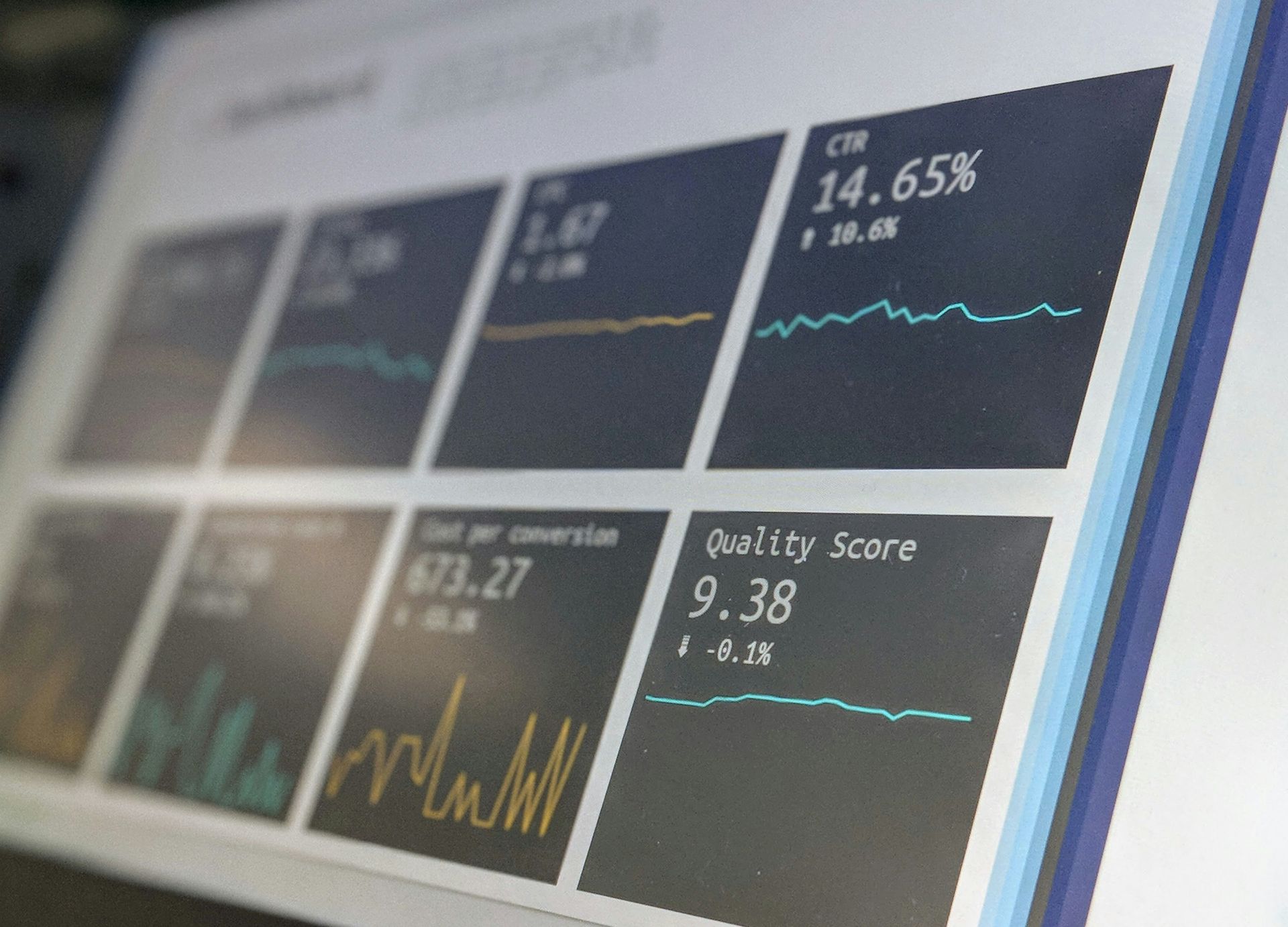
Case Study: Meta Marketing's Full Funnel Success
Client Challenge: SaaS Platform Struggling with Fragmented Approach
A mid-market SaaS provider specializing in workforce management solutions approached Meta Marketing with a common problem: despite significant marketing investments, their conversion rates were declining while acquisition costs steadily increased. Analysis revealed a disconnected marketing ecosystem where brand campaigns operated independently from performance initiatives, creating a disjointed customer experience and wasted spend.
Implementing an Integrated Full Funnel Strategy
Meta Marketing developed a comprehensive strategy that began with audience segmentation based on industry, company size, and functional role. For each segment, we crafted tailored messaging that maintained consistent positioning while addressing stage-specific needs. Rather than separating brand and performance budgets, we implemented a unified campaign structure where awareness activities directly fed consideration and conversion efforts.
Cross-Stage Coordination Techniques
Key to the implementation was our "engagement escalation" framework where prospect interactions triggered increasingly specific messaging. We developed sequential content journeys for each segment, using marketing automation to deliver the right assets at appropriate intervals. Crucially, we implemented cross-team collaboration protocols where awareness and conversion specialists conducted weekly optimization meetings focused on funnel flow rather than isolated metrics.
Performance Transformation
Within three months, the client experienced dramatic improvements across all funnel stages: 62% increase in qualified marketing leads, 41% reduction in cost-per-acquisition, and 28% higher average deal size. Most significantly, the sales cycle shortened by 35% as prospects arrived at conversion stages better educated and more qualified than previously.
Key Lessons
The success reinforced several critical principles: audience segmentation must precede channel selection, consistent messaging dramatically improves recognition and trust, cross-stage attribution models are essential for proper budget allocation, and organizational alignment around full funnel objectives trumps channel-specific optimization.
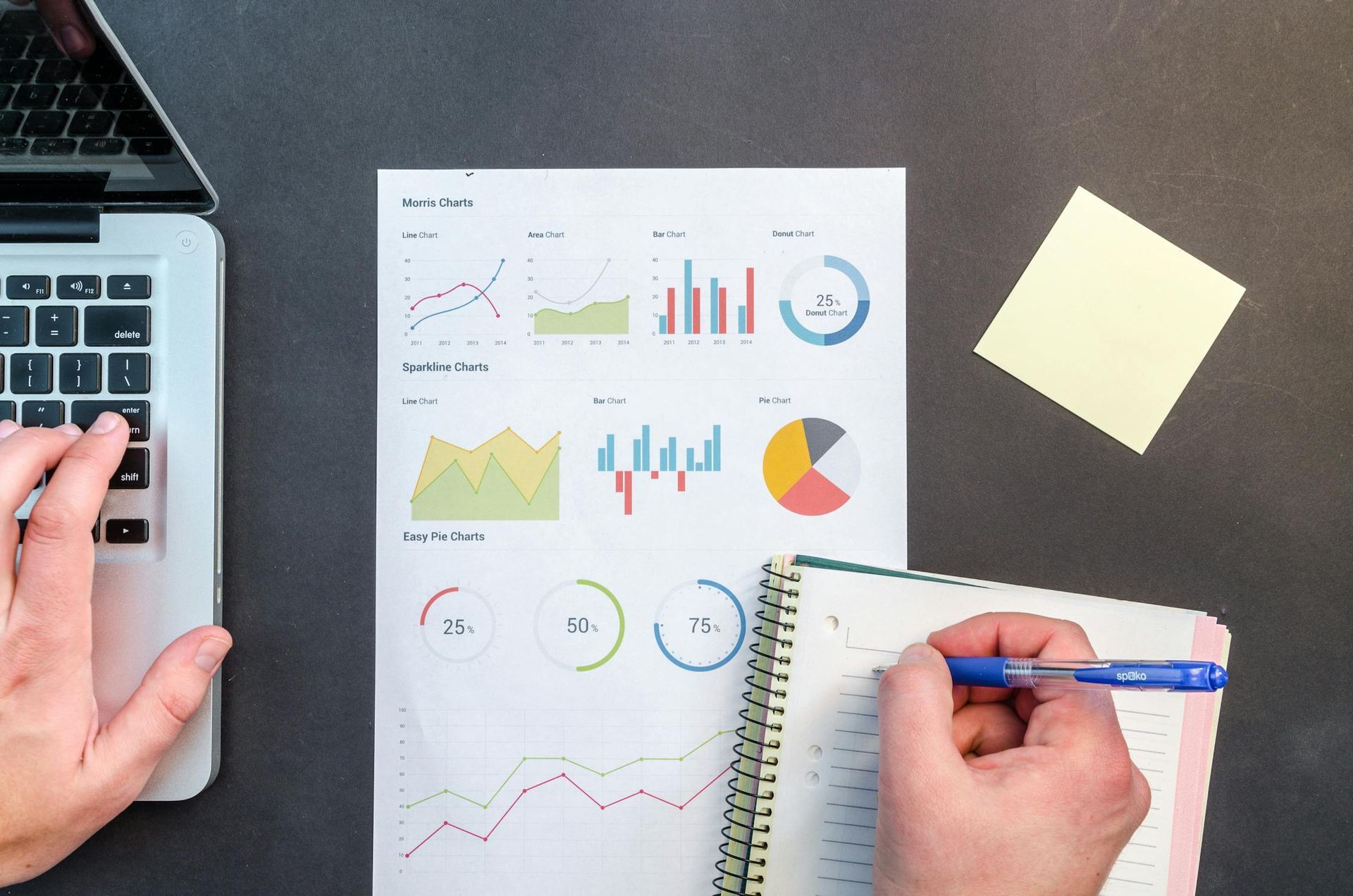
Conclusion
Full funnel advertising represents a transformative approach to digital marketing that acknowledges the complex, non-linear nature of today's customer journey. By seamlessly connecting awareness to conversion, marketers can create more efficient campaigns that deliver substantially better results across all performance metrics.
The key to successful implementation lies in integration and consistency. Rather than treating funnel stages as separate silos with distinct objectives, leading organizations recognize the interconnected nature of the customer experience and develop holistic strategies that maintain consistent messaging while adapting to evolving needs.
As we look toward the future, full funnel marketing will continue evolving with increased personalization capabilities, more sophisticated cross-channel measurement, and greater automation through artificial intelligence. Organizations that embrace these integrated approaches now will establish significant competitive advantages in customer acquisition and retention.
Take a moment to assess your current marketing structure: Are your teams collaborating across funnel stages? Does your messaging maintain consistency throughout the customer journey? Are you measuring success holistically? If you answered "no" to any of these questions, it's time to reconsider your approach to full funnel advertising.
Next Steps & Resources
Ready to transform your marketing performance? Explore these additional resources to deepen your understanding of full funnel strategies:
- [Guide] Download our comprehensive guide: "Performance Marketing Funnel Optimization: 5 Frameworks for Sustainable Growth"
- [Tool] Evaluate your current approach with Meta Marketing's Full Funnel Assessment Tool
- [Webinar] Watch our on-demand webinar: "Measuring Full Funnel Digital Marketing ROI"
- [Consultation] Schedule a complimentary 30-minute strategy session with our full funnel experts to identify your greatest opportunities for improvement
Visit metamktgagency.com/full-funnel to access these resources and begin your journey toward seamless, high-performance marketing.











